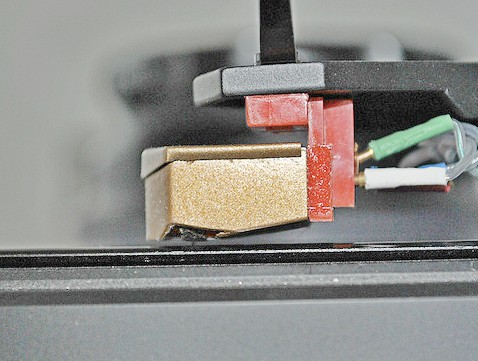Hai bblue great to read you tried , from what i can observe its probably tilted a couple degrees 1 or 2 forward on my table ( seen without microscope though) , the arm slightly raised at the back as on the picture at least with the supergold.
I prefer tube phono and skipping a step up transormer for purity .
great pics of the needle construction , dont be afraid of needle wear/record wear , ive never expirienced whatso ever and i have it now playing for more than a year
_DSC0003 by andromeda61, on Flickr
I prefer tube phono and skipping a step up transormer for purity .
great pics of the needle construction , dont be afraid of needle wear/record wear , ive never expirienced whatso ever and i have it now playing for more than a year

_DSC0003 by andromeda61, on Flickr
Being the eternal optimist, I keep hoping for some other explanation. I noticed in measurements the tip is very very close to 15 degrees. Coincidence? Or might there be something that you relate to differently in a cartridge that has no traditional cantilever?
I've started mounting and calibrating it on the TT and will try a couple of unimportant records to see what happens. In looking at how it is positioned, the tie-back string and the pictorials of the internal mechanism (which is minimal and simple component-wise) something really serious would have to have happened to get it moved incorrectly into this position. Very puzzling.
--Bill
Last edited:







